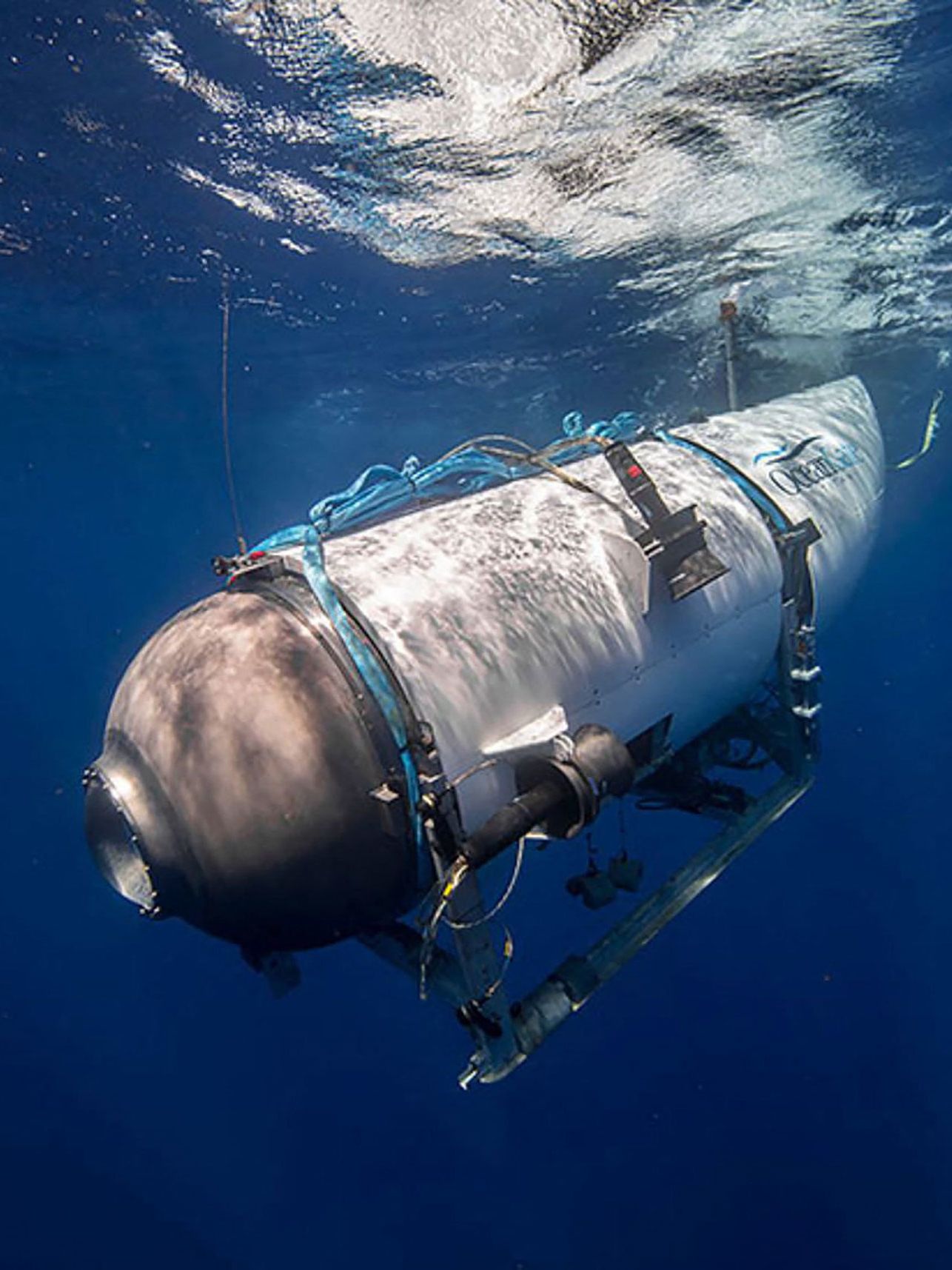
Canada has received sections of the OceanGate submersible, which set out on a fateful expedition to explore the Titanic's wreckage. The metal remnants of the submersible were transported and brought ashore in St. John's, Canada, for the first time aboard the Horizon Arctic vessel. Images captured by journalists depicted the United States Coast Guard unloading the metal debris.
After the submersible carrying a group of five individuals on a mission to explore the Titanic's wreckage went missing for several days, a search operation was initiated. The search ultimately led to the discovery of fragments from the submersible, suggesting a catastrophic collapse that resulted in the loss of all lives on board.
According to the United States Coast Guard, the debris included the Titan's landing frame and rear cover.
As reported by the BBC, the OceanGate submersible experienced an implosion on June 18th, approximately 90 minutes into its dive. This tragic event claimed the lives of all five individuals who had embarked on the journey with the hope of witnessing the iconic 1912 Titanic shipwreck, resting at a depth of 12,500 feet in the North Atlantic Ocean.
Among the wreckage that has been recovered and brought to land are various components such as a titanium end cap, a submersible porthole with a missing window, as well as a titanium ring, landing frame, and the end equipment bay.
In response to the incident, the United States Coast Guard has officially initiated an investigation to determine the factors that led to the submersible's implosion. Their objective is to uncover findings and provide recommendations that can help prevent similar tragedies from occurring in the future.
Tragically, the incident claimed the lives of several individuals, including Stockton Rush, the founder of the deep diving company, along with British explorer Hamish Harding, French Diver Paul-Henry Nargeolet, Shahzada Dawood, and his son, Suleman Dawood.









Leave a comment